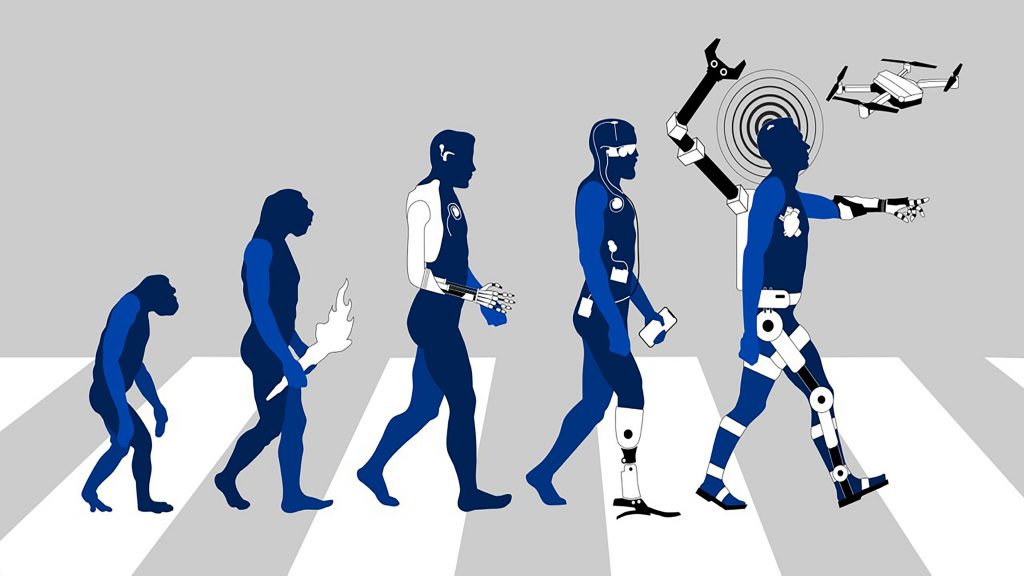From the Journal: APL Bioengineering
WASHINGTON, January 6, 2022 — Superhuman performance is no longer science fiction. Bionic devices of the future may be used to augment the neural system to improve our cognitive ability, as well as to enhance our hearing and vision beyond our abilities today. In particular, new materials will pave the way to high-resolution implantable bionics.
But can health and ethical risks involved in embracing bionic devices outweigh their benefits? In APL Bioengineering, from AIP Publishing, editor Rylie A. Green highlights in an editorial for the journal the disconnect between what bionic technologies can actually provide versus public and patient expectations.

“It’s very important to give the community accurate information about the risks and benefits of any medical device and ensure they understand the level of therapy a bionic device can deliver,” said Green, a professor of bioengineering at Imperial College London, who has worked in bionics for more than 20 years.
She said when any device is implanted within the body, it poses significant risks beyond the surgery itself. The damage to the body, even when using the best surgical approaches, still causes cells to die.
“While we can deliver electrical therapies to help a patient, there are impacts to the neural wiring we still don’t understand,” Green said. “It is a major risk to intervene in any body system where there is no existing problem, so the increasing public awareness of new technologies and the propaganda around the potential for extraordinary abilities presents ethical concerns.”
It is very simple, from a technology perspective, to use an infrared camera with a bionic eye to enable a user to see in the dark. But the greater issue is that the level of vision provided by the device is still very rudimentary.
Bionic eye devices provide only about 60 spots of light to render an image, where the normally seeing eye uses over 90 million cells. So night vision would be equally rudimentary and not much of a real superpower.
Green said the hype around “the bionic man” should be tempered by the risks and understanding of these technologies as medical devices.
“There’s a lot of potential for development of devices that will have significant impacts on patients, enabling them to overcome the limitations of their injury or disease,” she said. “The next generation of bionics will give patients better outcomes such as higher-resolution vision, with thousands of spots of light rather than less than one hundred. And we will continue to find new conditions that can be treated by bionic implants, leading to new therapies for patients.”
Implants will be better integrated into the body and become safer to use, she added, but for the immediate future, “they will be medically indicated rather than applied to healthy people looking for extraordinary abilities.”
###
For more information:
Larry Frum
media@aip.org
301-209-3090
Article Title
Possibilities in bioelectronics: Super humans or science fiction?
Authors
Rylie A. Green
Author Affiliations
Imperial College London
